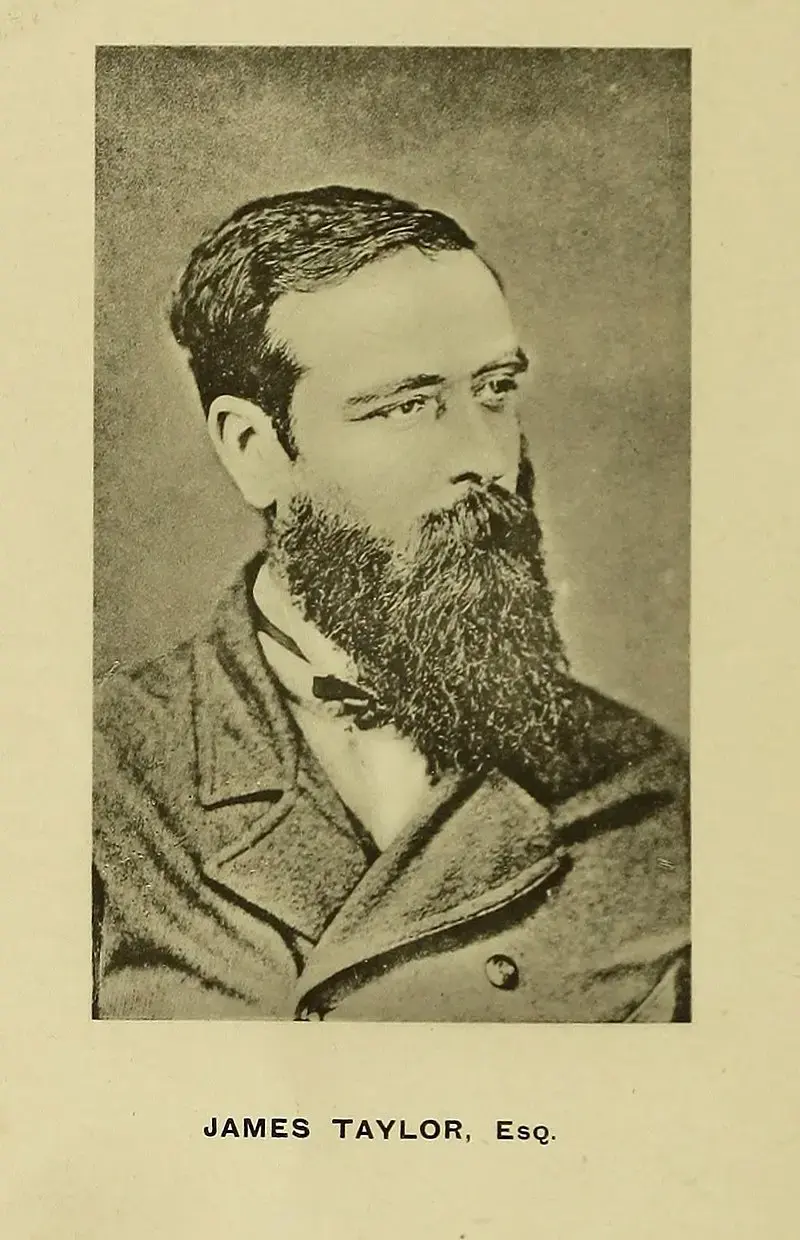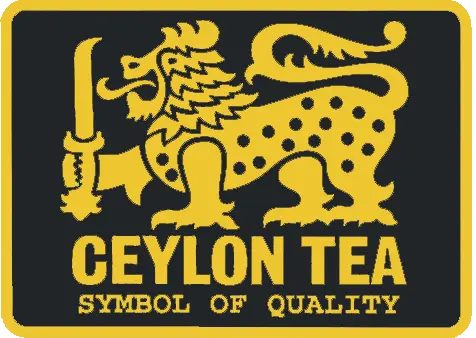The Legacy of Ceylon Tea
The Legacy of Ceylon Tea
How Sri Lanka Became the Island of Tea
In 1869, a coffee blight reshaped Sri Lanka’s destiny—and gave birth to the world’s finest black tea. At Donraj Teas, we craft premium Ceylon teas rooted in this legacy of resilience. Our single-estate blends, hand-plucked in Sri Lanka’s misty highlands and sun-kissed lowlands, carry forward the traditions pioneered by James Taylor and perfected over generations.
The Story Unfolds
Sri Lanka’s coffee empire crumbled in 1870, but from its ashes rose a brighter future. British planters turned to tea, and a Scotsman named James Taylor planted the seeds of Ceylon’s new destiny.
The First Leaf: James Taylor’s Tea Revolution
In 1867, James Taylor planted 19 acres of tea in Kandy’s Loolecondera Estate. His meticulous methods—hand-plucking “two leaves and a bud,” slow oxidation, and artisanal firing—set the standard for orthodox Ceylon Tea.
Why Donraj Teas?
🌱 Curated Single-Estate Teas: We partner with Sri Lanka’s finest tea estates to bring you region-specific flavors—like floral Nuwara Eliya highland teas and bold Ruhuna lowland blends.
🌍 Ethical Partnerships: We source exclusively from Rainforest Alliance Certified farms, ensuring eco-friendly practices and fair wages for workers.
🏆 Authentic Ceylon Assurance: Every blend meets EU Geographical Indication (GI) standards, guaranteeing 100% pure Ceylon Tea origin.
Taste the Legacy
- Nuwara Eliya Tea – The Champagne of Ceylon Teas
- Dimbula Tea – A Classic High-Grown Ceylon Delight
- Uva Tea – The Gem of Ceylon's Highlands
- Udapussellawa Tea – The Subtle Elegance of Ceylon’s Highlands
- Kandy Tea – The Heart of Ceylon’s Tea Heritage
- Ruhuna Tea – A Bold Taste from Sri Lanka’s Lowlands
-
Sabaragamuwa Tea – Rich, Bold, and Unique
A Legacy in Every Leaf
From the collapse of coffee to the rise of Ceylon Tea, Sri Lanka’s story is one of reinvention. At Donraj Teas, we honor this journey with blends that embody tradition, quality, and sustainability.
SOCIAL MEDIA
CONTACT US
232/3/4A, Pitipana South,
Galagahena, Kiriwaththduwa,
Sri Lanka.
Postal Code - 10208
+94 770616975
info@donrajteas.com
How Sri Lanka Became
the Island of Tea
In 1869, a coffee blight reshaped Sri Lanka’s destiny—and gave birth to the world’s finest black tea. At Donraj Teas, we craft premium Ceylon teas rooted in this legacy of resilience. Our single-estate blends, hand-plucked in Sri Lanka’s misty highlands and sun-kissed lowlands, carry forward the traditions pioneered by James Taylor and perfected over generations.
The Story Unfolds
Sri Lanka’s coffee empire crumbled in 1870, but from its ashes rose a brighter future. British planters turned to tea, and a Scotsman named James Taylor planted the seeds of Ceylon’s new destiny.
The First Leaf: James Taylor’s Tea Revolution
In 1867, James Taylor planted 19 acres of tea in Kandy’s Loolecondera Estate. His meticulous methods—hand-plucking “two leaves and a bud,” slow oxidation, and artisanal firing—set the standard for orthodox Ceylon Tea.
Why Donraj Teas?
🌱 Curated Single-Estate Teas: We partner with Sri Lanka’s finest tea estates to bring you region-specific flavors—like floral Nuwara Eliya highland teas and bold Ruhuna lowland blends.
🌍 Ethical Partnerships: We source exclusively from Rainforest Alliance Certified farms, ensuring eco-friendly practices and fair wages for workers.
🏆 Authentic Ceylon Assurance: Every blend meets EU Geographical Indication (GI) standards, guaranteeing 100% pure Ceylon Tea origin.
Taste the Legacy
- Nuwara Eliya Tea – The Champagne of Ceylon Teas
- Dimbula Tea – A Classic High-Grown Ceylon Delight
- Uva Tea – The Gem of Ceylon's Highlands
- Udapussellawa Tea – The Subtle Elegance of Ceylon’s Highlands
- Kandy Tea – The Heart of Ceylon’s Tea Heritage
- Ruhuna Tea – A Bold Taste from Sri Lanka’s Lowlands
-
Sabaragamuwa Tea – Rich, Bold, and Unique
A Legacy in Every Leaf
From the collapse of coffee to the rise of Ceylon Tea, Sri Lanka’s story is one of reinvention. At Donraj Teas, we honor this journey with blends that embody tradition, quality, and sustainability.



